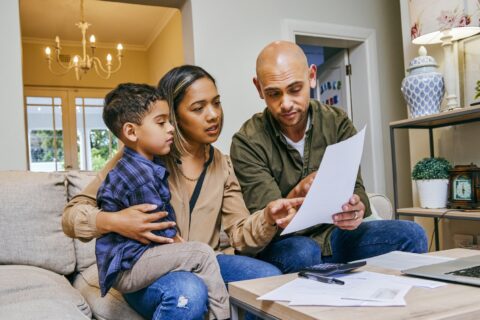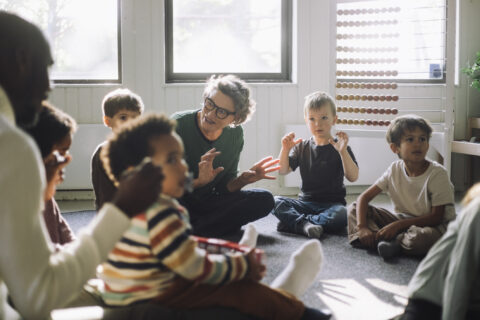Local elected officials are uniquely positioned to help their communities manage the economic and health impact of COVID-19 and to address severe chronic inequities exposed by the pandemic. This blog is part of a series dedicated to highlighting mayors’ priorities to help guide and focus local responses to support residents’ health and safety in the near term, and to position the city to improve equity and resiliency in the longer term.
Schools remain closed in many cities and towns across the country, and local leaders continue to grapple with the impacts of the digital learning divide. With 15-16 million youth lacking adequate access to internet and technology at home — disproportionally impacting low-income families and BIPOC students living in rural, remote, and urban communities — cities play a vital role in supporting remote learning. NLC analyzed Twitter data as of November 16th to understand how mayors are communicating about these issues. Nearly half of the mayors who have a Twitter handle in the top 100 cities by population tweeted about virtual learning, school closures, and municipal programs aimed at supporting students and families, with the highest volume of tweets taking place in March of this year. “We can’t allow the pandemic to further jeopardize our children’s education,” Philadelphia Mayor Jim Kenney tweeted.

The Twitter analysis showed that numerous municipalities are building Community Learning Hubs to support students and families during remote learning. These hubs provide a combination of in-person learning support and health and wellness resources at community facilities that can support smaller groups of children and youth with the ability to physically distance. San Francisco, CA’s Community Hub Initiative, which supports students in grades K-12 and prioritizes children and youth with high levels of need, provides access to WiFi and digital learning devices, mental health and wellness resources, healthy meals, family support resources, and enrichment and recreation activities. Similarly, New York, NY operated free Regional Enrichment Centers for children of essential workers from March to September 2020. Staffed by Department of Education employees and community-based organization partners, the centers provided children with three daily hot meals, remote learning time with their teachers, and enrichment activities like art, music, and physical education, as well as social and emotional support. Philadelphia, PA’s Access Centers are also helping low-income families with internet access and childcare needs during digital learning. The city has expanded its network to 77 locations, serving nearly 2,200 students and providing meals and activities. Boise, ID’s Parks and Recreation Department has also partnered with the Boise School District to provide paid childcare opportunities during which staff will be available to help supervise children as they attend virtual classes. “Thank you, Boise Parks and Recreation and Boise School District, for providing safe, healthy spaces for kids in our community,” Boise Mayor Lauren McLean tweeted.
Local leaders are also using Twitter to promote resources to improve technology and internet access in their communities. Nashville, TN directed $24 million of federal CARES Act funding to provide every public school student in Nashville with a free laptop and mobile internet hotspots for those who do not have internet access. The city is also providing distance learning materials at meal sites. Phoenix, AZ expanded WiFi coverage to nearly 50 city locations to ensure all students have internet and distributed 711 tablets for distance learning. Albuquerque, NM’s WiFi on Wheels program provides drive-up WiFi spots in parks, community centers and neighborhoods. San Francisco, CA installed 35 WiFi Superspots in areas of highest need, including public housing sites, single-room occupancy buildings, community centers, and other neighborhood locations where there is a concentrated population of students lacking internet connectivity. “With schools moving to distance learning, it’s critical that our students have access to the internet so they can continue their education,” San Francisco Mayor London Breed tweeted.
Cities, towns, and villages provide essential services for students and families and are critical to America’s economic recovery. In addition to providing resources for virtual learning, cities also play a role in feeding youth outside of school and addressing student re-engagement. But city budgets continue to wither in the face of the pandemic. NLC continues to call on Congress and the Administration to enact a comprehensive COVID-19 aid package that provides flexible, direct fiscal relief to all communities, regardless of location or size.
The National League of Cities has deep programmatic work and expertise to help interested cities pursue strategies to support young people on related topics featured in this blog. Click on the links to see NLC’s work on community learning hubs, student reengagement, and increasing food access.
Use Your Voice!
Take this opportunity to call your members of Congress to pass a federal relief aid package to help cities without further delay.









